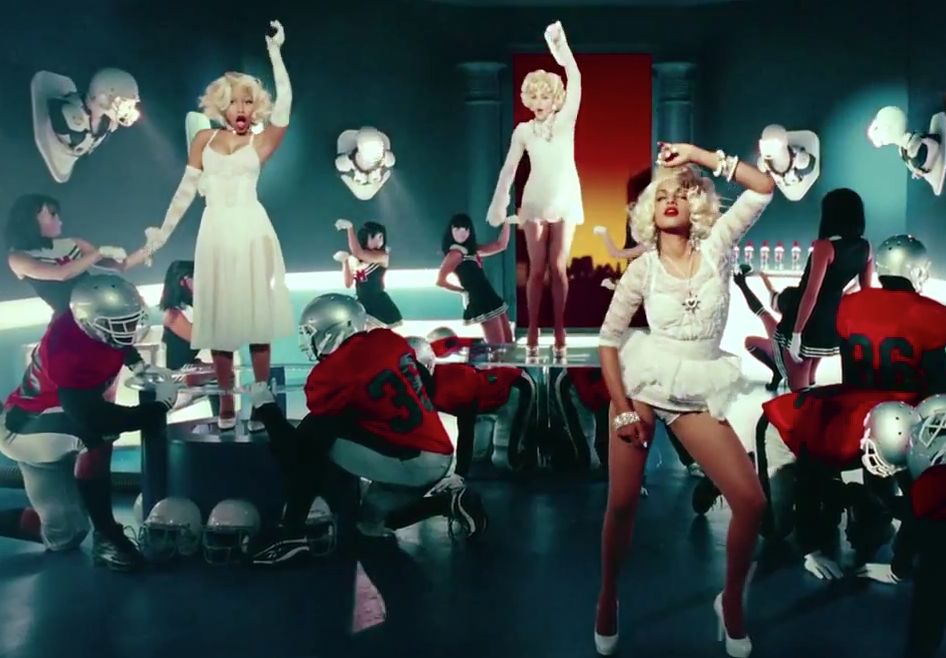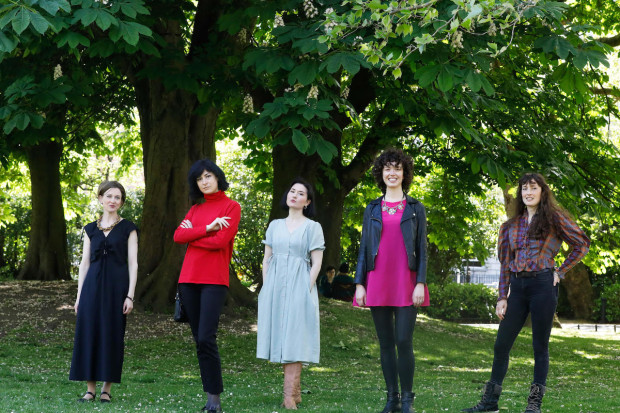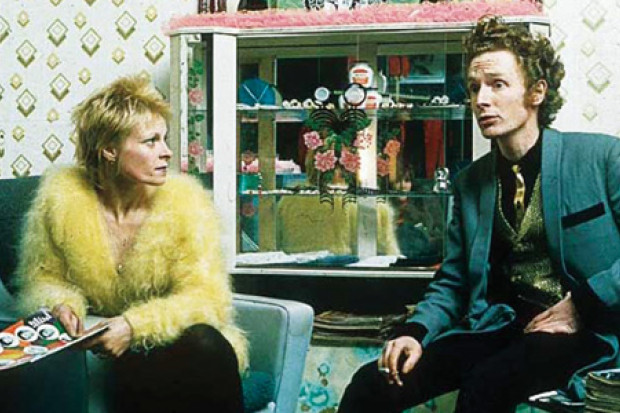
Madonna and the Post-Fordist Novelty Complex
Madonna - Gimme All Your Luvin, M.I.A. - Bad Girls.
It has been both a virtue and a shortcoming of Madonna’s career that she so assiduously and consistently attempts to place herself in front of the newest and shiniest of pop cultural trends. Madonna’s level of engagement with new-fangled movements and musics speaks of an artist keenly aware of the market dictates of popular music; a double edged sword which has at various points led to soaring triumphs, embarrassing missed targets, or effortful mediocrity.
The Justin Timberlake and Timbaland collaboration ‘Four Minutes’, the lead-off single from Madonna’s last album, Hard Candy, is a case in point. As is that same album’s ‘Jump’, which considers the then voguish phenomenon of free running, parkour. Older tracks such as ‘Ray of Light’ and ‘Hung Up’ each in their own way attempted to reformulate contemporary pop dance music — a field which the 1980s post-disco music of Madonna did a lot to establish — in Madonna’s image. I’ll leave it to the reader to decide into which of my three categories these tracks might fall.
Madonna’s slavish devotion to the new reflects her total (or ‘real’, as Karl Marx would have said) subsumption in a post-Fordist cultural economy where the ever-more-precipitous production of novelty is exalted. When an artist’s practice so consistently adheres to a formal structure (the simple pursuit of the new, in this case), as opposed to one defined more by expressive content (a category that does not necessarily relate to such ideas as ‘new’ and ‘old’), the suspicion arises that the content of that artist’s work is somehow ancillary to its maintenance of the formal structure, which thus represents an ideological framework; a creative entrapment that usually ends up in artistic torpor.
In Madonna’s case, this framework would suggest that the expressive content of her work emerges out of fashion and not the other way around, as perhaps might be the more desirable arrangement. However, having said all that, it is the case that Madonna’s (musical) career has seen more triumphs than failures over the past three decades, so perhaps for her this pursuit of the new has become so inspiring a subject that it has ceased merely to be subject and instead become substance. If that is true, it could be said that formal structure is expressive content in Madonna’s work.
In any case, Madonna’s new single, ‘Gimme All Your Luvin’, the first from her forthcoming album MDNA, shows her to be at her bandwagon-jumping best, roping in as it does two much younger artists, Nicki Minaj and M.I.A., both of whose cultural cachet is perhaps at a slightly higher point than Madonna’s currently is, at least in some senses.
Madonna’s post-Fordist novelty complex is also on display in the fact that the single officially debuted (as is the way with these things, an earlier version leaked late last year) as a globally-synchronised tele/radio/digicast, with the video broadcasting simultaneously on more than 1,600 digital displays across the globe, including in the US, France, Spain, Singapore, and in Piccadilly Circus in London. The track was also concurrently played on over 100 radio stations around the globe. As Madonna’s manager Guy Oseary points out, it is key that the event is seen to place Madonna at the ‘forefront’.
The track itself is a strange beast; its music, like the surrounding noise of its release, seems designed to position Madonna at the forefront of the new. Coming on with soft-toned 1980s synthesisers and honeyed but somewhat lacking-in-presence lead vocals (I wonder about the production choices on that last point), the music features a curious cheerleading motif sung by the two guest artists in repeated punctuations of Madonna’s winsome lines. It is curious because it so closely resembles the chorused and thrilling shouts of Nicola Roberts’ ‘Dance to the Beat of My Drum’. In the Roberts the chant is rhetorically more effective because it is accomplished with a leap in register, with the emphasising of the minor quality of the chord sequence, with percussion suddenly thumpingly emphasising squareness of beat, and with a neat syncopation in the melodic rhythm (where there is a one beat gap in between ‘L’ – ‘O’, and, ‘V’ – ‘E’). In the Madonna, the chant itself is more humdrum; although it is in a faster tempo, the melodic rhythm is straight, harmonic accompaniment statuc, and the melodic line a little flat.
Following this reminiscence of Nicola Roberts, the track moves on to a more harmonically tense chorus. The chord sequence, again, bears a strong resemblance to that of the Roberts chorus. The melodic gestures are simple and an intensification of the arrangement at the chorus line is used to strong enough effect. Minaj pops up for a short, typically hypermetric and characterful rap. It’s only a shame she wasn’t given longer to stretch out — but, being Madonna, the track insists on packing in as much novelty and content as it can. The track hops in to a dynamically effective but crushingly inevitable half time, quasi-dubstep middle eight, featuring an interesting, typically louche contribution from M.I.A., whose presence at this point in the video becomes somewhat incongruous.
Everything is going well until the chant returns, and all one can think of is Nicola Roberts. The unfortunate point is probably that eventually people will hear the wonderful Roberts track and think she cribbed the hook from Madonna.
In any case, this Madonna single has effort written all over it, even if it fails to move pop music on much at all from things the Neptunes and others were doing in the mid-2000s.
M.I.A.’s new single, ‘Bad Girls’, suffers from a similar issue in that its post-bhangra, post-Timbaland sonic palette resembles closely much of her work over the past couple of albums. And yet it still sounds fresher than ‘Gimme All Your Luvin’. Listening to the latter, I’m reminded of the fact that in Madonna’s case the novelty complex is always parastic (in this case on other artists, on another track, and on another style of music); her novelty is rarely novel in and of itself, but is novel only to certain sections of the mainstream audience.
Published on 6 February 2012
Stephen Graham is a lecturer in music at Goldsmiths, University of London. He blogs at www.robotsdancingalone.wordpress.com.















